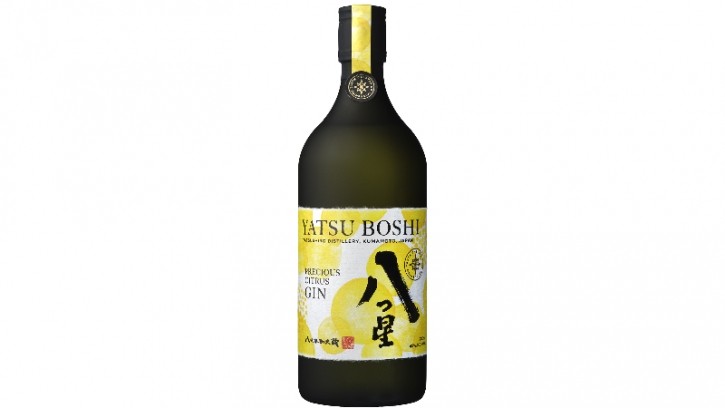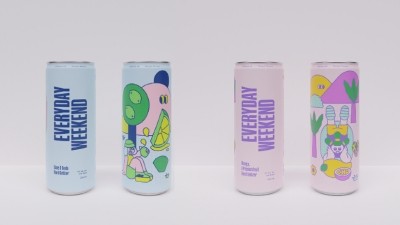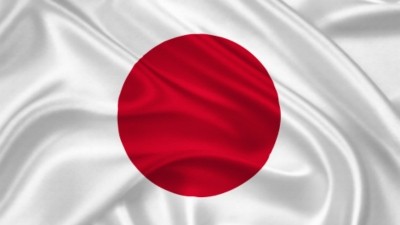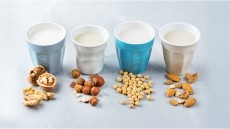Kirin aims to strengthen presence in spirits category through new export markets for its craft gin

Having established itself as one of the most prominent beer brands from Japan, Kirin is now looking to revitalise the Japanese gin market overseas.
Named after the local area, Yatsushiro Distillery began operations in 1939 and has been producing shochu (distilled spirit) since 1963.
“Through the export of Yatsushiro Distillery YATSU BOSHI, we aim to increase recognition of the company as a traditional shochu brewery and cultivate [our presence in] the craft gin market in Asia,” Haruna Yamazaki from Corporate Communications department at Kirin told FoodNavigator-Asia.
According to the beverage giant, the popularity of gin has risen globally in recent years, with sales increasing by about 40% from 2018 to 2022.
Sharing the reasons for Kirin’s four target markets, Yamazaki said: “Australia is the world’s sixth largest gin market. Craft gin, which is made with a focus on the botanicals and ingredients used, manufacturing methods, and regions of origin, is attracting particular attention [in the country].
“In Australia, there is a strong perception that Japanese food is healthy, leading to growing interest in the cuisine as well as alcoholic beverages that go well with it. There is also a keen interest in Japan itself, with the number of Australian visitors to the country increasing for six consecutive years from 2014 to 2019, amid a rising ‘Cool Japan’ trend where Japanese culture is seen as ‘cool’.”
At the same time, Kirin is eyeing the premium gin market in Singapore and Malaysia, and Korea’s status as a top exporter of distilled spirit, as opportunities for expansion.
“In addition to being geographically close to Japan, the Kirin Group has established sales channels for spirits in Singapore and Malaysia.
“South Korea has the potential for our export growth due to its close political and economic ties with Japan. We will start by exporting craft gin on a small scale and explore its market potential.”
Made with precious fruits
Yatsushiro Distillery YATSU BOSHI is made with citrus fruits unique to Japan and grown in Kumamoto Prefecture, where the distillery is located.
They are namely shiranui (Dekopon orange), a specialty product tied to the history of Kumamoto Prefecture; aoyuzu (green yuzu), which is harvested only one week out of a year; and Yatsushiro citron, which is registered in Guinness World Records as the world’s largest fruit tree.
The type of Japanese citrus fruits used is limited to three and the distillation method is based on knowledge gained from shochu production to “bring out the best” in each ingredient.
“The use of rare Japanese citrus fruits is appreciated by overseas consumers. These fruits create a refreshing yet complex flavour with distinct Japanese characteristics.
“As the craft gin pairs well with Japanese food, it will provide a new option to consumers who are increasingly interested in our culture, especially Australians who are already familiar with the gin category,” Yamazaki added.
Furthermore, the packaging was developed in collaboration with Four Pillars Ltd, which is responsible for Kirin’s alcoholic beverage business in Oceania.
The craft gin comes in a bottle traditionally used for shochu and accompanied by a luxurious black cap seal. For its label, washi paper was chosen to express the Japanese identity.
“The logo is instantly recognisable as Japanese, with the background filled with brightly coloured watercolour polka dots representing the citrus fruits. The label is also printed with English words so that it can be easily understood by overseas customers.”



















